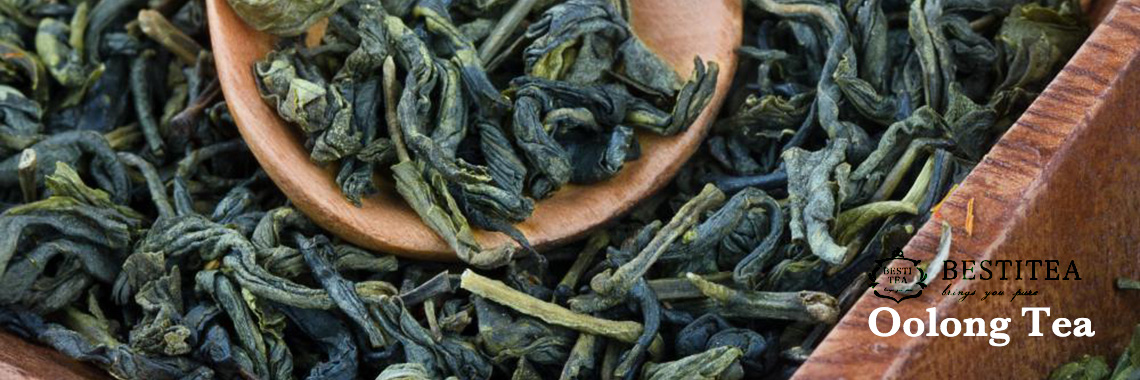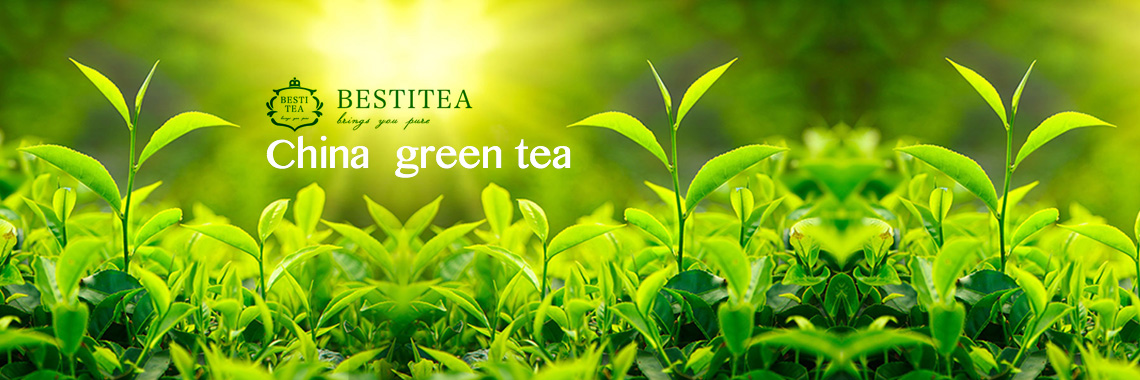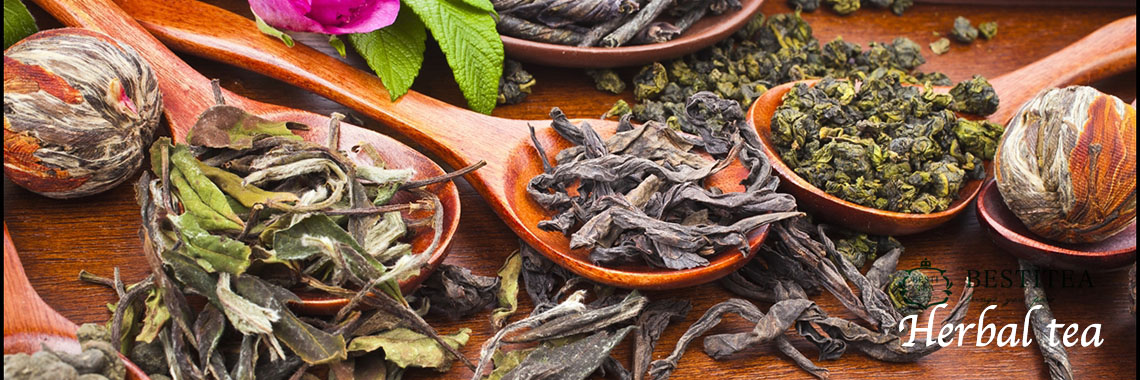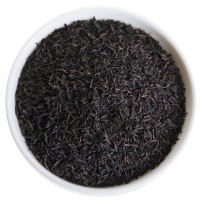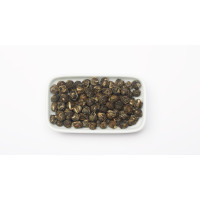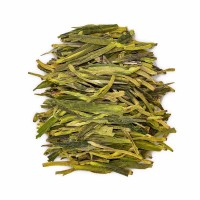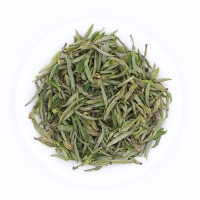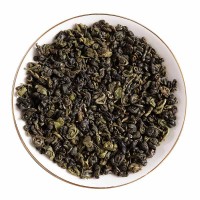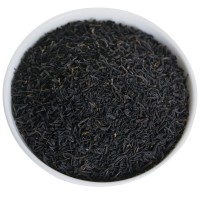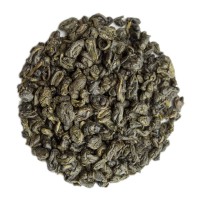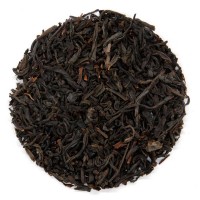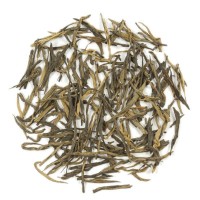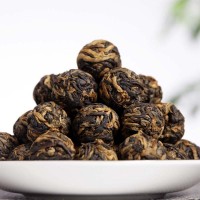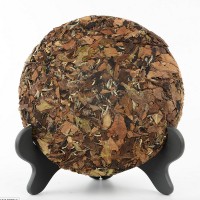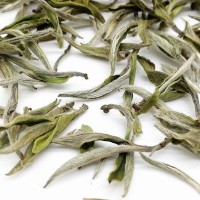Featured
Keemun Black Tea - Grade 1
Grade 1 Keemun black tea Congu/Gongfu black tea Tea tree grows in Qimen/Keemun county, Anhui p..
$3.90
King Grade Jasmine Dragon Pearls
Jasmine scented Green tea Green tea from Fuding, Fujian, China Harvest Time: Apr..
$3.99
Xihu Long Jing Tea - Spring First Flush Dragonwell Green
West Lake Dragon Well Green Tea - renowned as best of top ten famous China green teaXiHu Long Jing –..
$4.99
Huang Shan Mao Feng Green Tea - 2024 Spring First Flush
Huang Shang Mao Feng - one of top ten famous China green teaCloudy and misty Mt. Huangshan' s miracu..
$2.90
Bi Luo Chun Green Tea
Bi Luo Chun (Pi Luo Chun) - delicate appearance, fruity taste, floral aromaBiluochun (Chinese: 碧..
$2.99
Keemun Imperial Black Tea
Keemun Imperial Black TeaThe fresh leaves for making this tea grew in the original producing area..
$4.90
Gunpowder Green Tea
Gunpowder Green Tea - thick and strong, a little soft honey, with a smokey flavorAs a famous t..
$3.50
Lapsang Souchong Black Tea
Lapsang Souchong Black Tea - assertively smoky (or ‘tarry') and is for the taste enthusiast Lapsang ..
$1.90
Yunnan Dian Hong Gong Fu Black Tea
Dian Hong Gong Fu Black Tea - one of most popular everyday grades of black teaDian Hong Gong Fu Bla..
$1.90
Black Dragon Pearls Tea - Yunnan Dian Hong Tea
Dian hong ,"Yunnan Red", is a Chinese black tea which is used as a relatively high end gourmet black..
$2.95
Shou Mei White Tea Cake
Shoumei (simplified Chinese: 寿眉; traditional Chinese: 壽眉; pinyin: shòuméi; Cantonese Yal..
$19.95
Bai Hao Yin Zhen Tea - White Silver Needle
Silver Needle White Tea (Bai Hao Yin Zhen)- Sweet and Slippery,Irresistibly lightThe Silver Ne..
$4.90
Latest Articles - Teawiki
Wuli Qing - A Famous Tea From Shitai County, Anhui Province
Wuli Qing is a steamed green loose tea, which was called "Nen Rui" in the Song Dynasty. According to the legend of local tea farmers, this kind of bud tea was called "Wuli Qing" in the Qing Dynasty. It is produced in Jiuhua Mountain, the Buddhist holy land in southern Anhui, and Guniujiang, a national nature reserve, and its surrounding areas. The main production areas are located in Ketian, Zhanda and Dayan areas of Shitai County.
How To Distinguish Xinyang Maojian From Elsewhere Maojian
Xinyang Maojian is known as the "King of Green Tea". It has a unique style of "thin, round, light, straight, many pekoe, high aroma, rich taste, and green tea color". It has many functions such as greasy digestion and so on. Because of its high quality, low output and high price, some people will use elsewhere hair tips to pass them off as Xinyang hair tips and pass them off as inferior quality. How to distinguish the difference between elsewhere Maojian and Xinyang Maojian ?
Where Are The Three Major Matcha Producing Areas In Japan?
Japanese matcha originates from China. As early as the Tang Dynasty, people invented steamed green tea, and in the Song Dynasty it developed into a tea banquet. During the Southern Song Dynasty, the eminent Japanese monk Da Guangxin went to Jingshan Temple in Yuhang, Zhejiang Province to study Buddhism. He brought the tea banquet and matcha making method of Jingshan Temple to Japan, and Japan's steamed green tea started from this. After the Japanese tea masters re-modified it and carried it forward, the Japanese "Matcha Tea Way" was formed. To this day, steamed green tea is still used in Japanese tea ceremonies.
Japanese Sencha
Friends who have never been exposed to Japanese sencha may think that Japanese sencha is a brewing method when they hear "Japanese sencha". In fact, Japanese Sencha actually refers to Japan’s native green tea, which is a type of Japanese green tea. Sencha is a green tea with a slightly lower grade than Gyokuro. Its output accounts for about 80% of Japanese tea. It is also the green tea most commonly consumed by most Japanese families.

